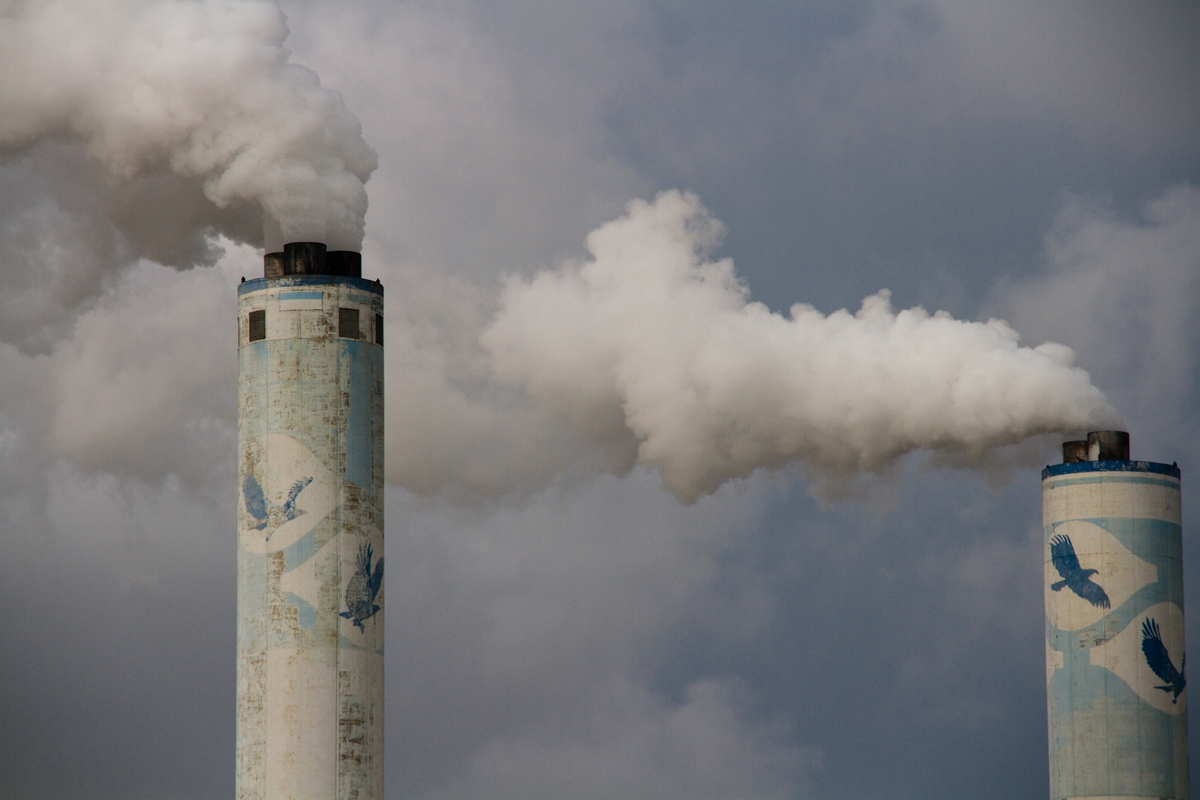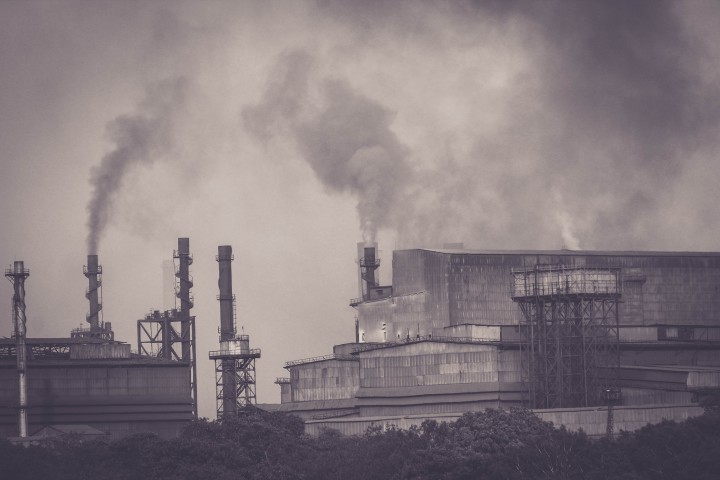Global Warming Is Now Boiling

Sue Dhillon is an Indian American writer, journalist, and trainer.
So we’ve come accustomed to the term Global Warming. So accustomed to it that far too often it has little to no meaning or merit for most. It just seems to be something that falls on deaf ears and holds little substantive weight for most.
However if you are learned, curious even a little inquisitive the weather the world over would begin to clue you in, into a little big phenomena known as Global Warming.
It’s No Longer Just Warming
So there’s some significant news brewing in that regard. Guess what – the planet is no longer just warming. It’s boiling.
This the new term that has been coined in relation to what we’ve been referring to as a warming planet.
Experts are now issuing extreme warnings that the planet has exceeded warming and now is literally at a boiling point.
The term “global warming” refers to the long-term increase in Earth’s average surface temperature due to human activities like burning fossil fuels, deforestation, and industrial processes. It’s a broader concept that encompasses various climate-related changes.
On the other hand, “boiling” is a more colloquial term that can be used to describe extreme heatwaves or temperature spikes in specific regions or times. It’s not a replacement for “global warming” but rather a way to emphasize the severity of heat-related events in certain contexts.
6 Things That Affirm Global Warming Right Now
When talking about climate change, it’s crucial to look at data and statistics to understand the trends and impacts. Here are some key points based on data:
- Temperature Increase: The Earth’s average surface temperature has risen by about 1.2 degrees Celsius (2.2 degrees Fahrenheit) since the late 19th century. This warming trend is primarily attributed to human activities that release greenhouse gases like carbon dioxide (CO2) into the atmosphere.
- Carbon Dioxide Levels: Atmospheric CO2 levels have increased significantly since the Industrial Revolution, primarily due to the burning of fossil fuels (coal, oil, and natural gas), deforestation, and other human activities. The current CO2 concentration is around 415 parts per million (ppm), significantly higher than pre-industrial levels of about 280 ppm.
- Sea-Level Rise: Global sea levels have risen by about 8-9 inches (20-23 centimeters) since 1880. This rise is primarily due to thermal expansion (water expanding as it warms) and the melting of glaciers and ice caps.
- Melting Ice: Arctic sea ice extent has declined significantly, with some of the lowest extents recorded in recent years. Similarly, glaciers around the world are shrinking, contributing to sea-level rise and impacting freshwater availability in certain regions.
- Extreme Weather Events: There is evidence suggesting an increase in the frequency and intensity of extreme weather events such as heatwaves, droughts, heavy rainfall, and hurricanes. These events can have devastating consequences on ecosystems, infrastructure, and human populations.
- Climate Models: Climate models predict continued warming and associated changes in precipitation patterns, sea-level rise, ocean acidification, and ecosystem shifts if significant greenhouse gas emissions continue unabated.
It’s important to note that while “global warming” is still the overarching term for climate change, specific weather events like heatwaves or periods of extreme heat are sometimes referred to as “boiling” to highlight their immediate impact on human health, ecosystems, and infrastructure. However, the underlying cause of such events is still rooted in the broader phenomenon of global climate change.

Checkout this article I wrote on medium – The PGE Blackouts: The Light Inside The Dark



